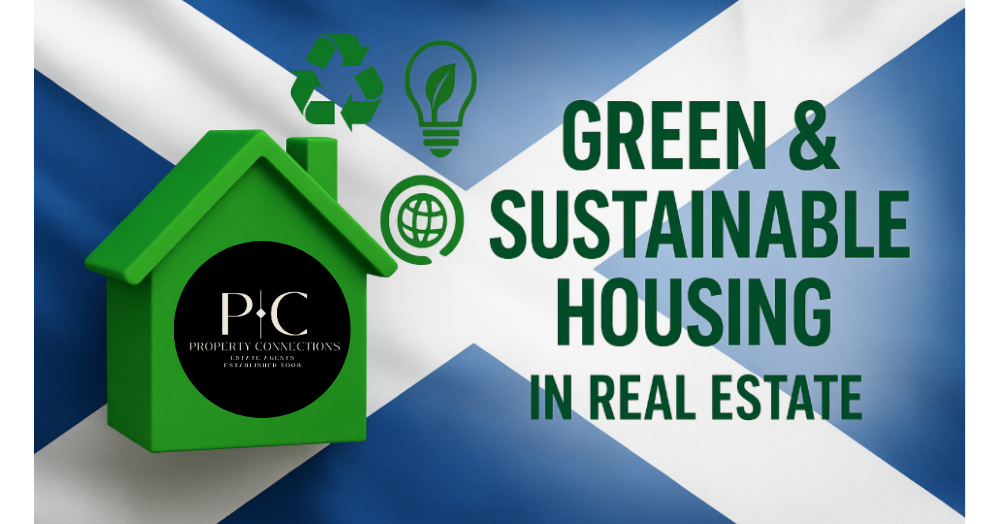Once driven primarily by location, design, and short-term financial returns, the market is now increasingly shaped by sustainability. Green and sustainable housing is no longer a niche as it is becoming the standard that investors, developers, buyers, and tenants expect.
What Green Housing Means for Real Estate
In real estate, “sustainable housing” goes beyond environmental responsibility as it has direct financial and market implications.
Key features of sustainable housing in property markets include:
- Energy efficiency: Lower running costs make homes more attractive to buyers and renters.
- Market resilience: Properties built to green standards retain value better and are more future-proof against regulatory changes.
- Tenant demand: Renters increasingly expect energy-efficient, healthy homes, which reduces void periods for landlords.
- Investment appeal: Institutional investors are prioritising ESG (Environmental, Social, Governance) credentials, pushing demand for green real estate assets.
- Regulatory compliance: Standards are tightening. Homes that don’t meet new requirements risk becoming stranded assets.
For the real estate sector, sustainability is not just about ethics — it is about profitability, competitiveness, and long-term viability.
Why Sustainable Housing Creates Real Estate Value
Let’s break down the key drivers that make sustainable housing a smart move in property markets:
1 - Higher Buyer & Tenant Appeal
Energy-efficient homes are more cost-effective to operate, making them more attractive to buyers and tenants. In Scotland, where fuel poverty has historically been an issue, this demand is particularly strong.
2 - Rental Yield & Occupancy
Tenants in sustainable homes face fewer energy and maintenance issues, leading to longer tenancies, fewer disputes, and stronger yields for landlords.
3 - Capital Growth & Resale Value
Homes that meet or exceed sustainability standards are more likely to retain and grow in value, particularly as older, inefficient homes risk devaluation in the market.
4 - Reduced Operating Costs
For commercial landlords and housing associations, lower energy demand reduces ongoing costs. This is critical in large housing portfolios.
5 - Regulatory Compliance & Risk Management
Scotland’s energy efficiency standards are among the most ambitious in Europe. Developers and investors who ignore sustainability risk facing regulatory penalties or properties becoming obsolete.
6 - Access to Green Finance
Lenders and investment funds are increasingly offering preferential rates for sustainable projects. Real estate investors in Scotland are already tapping into these instruments.
Scotland’s Position
Scotland has become a laboratory for sustainable real estate, with strong policy direction and active funding support. This makes it an important market to watch for investors, developers, and property managers.
Ambitious Net Zero Targets
Scotland has legally committed to reaching net zero emissions by 2045, five years ahead of the rest of the UK. Housing is central to this, given that residential properties account for a large share of national emissions.
For developers and investors, this means that sustainable housing is not optional but rather the future market standard.
Scotland’s Future Real Estate Market
Looking ahead, Scotland’s real estate market will likely see:
- New builds that meet near-zero or net zero energy standards as the norm.
- Large-scale retrofitting of existing housing stock to remain viable in the market.
- Green finance expansion, with investors prioritising sustainable portfolios.
- Increased demand from tenants and buyers for low-cost, energy-efficient homes.
- Integration of smart technology (e.g., energy monitoring, renewable systems) into everyday housing.
Summary
Sustainability has shifted from being a “nice extra” to a must-have in real estate. Buyers, tenants, and investors increasingly demand energy-efficient, resilient, and low-carbon homes. Scotland shows us what this future looks like with ambitious targets, significant funding, and innovative projects that prove green housing is not just good for the planet but also good for business.
